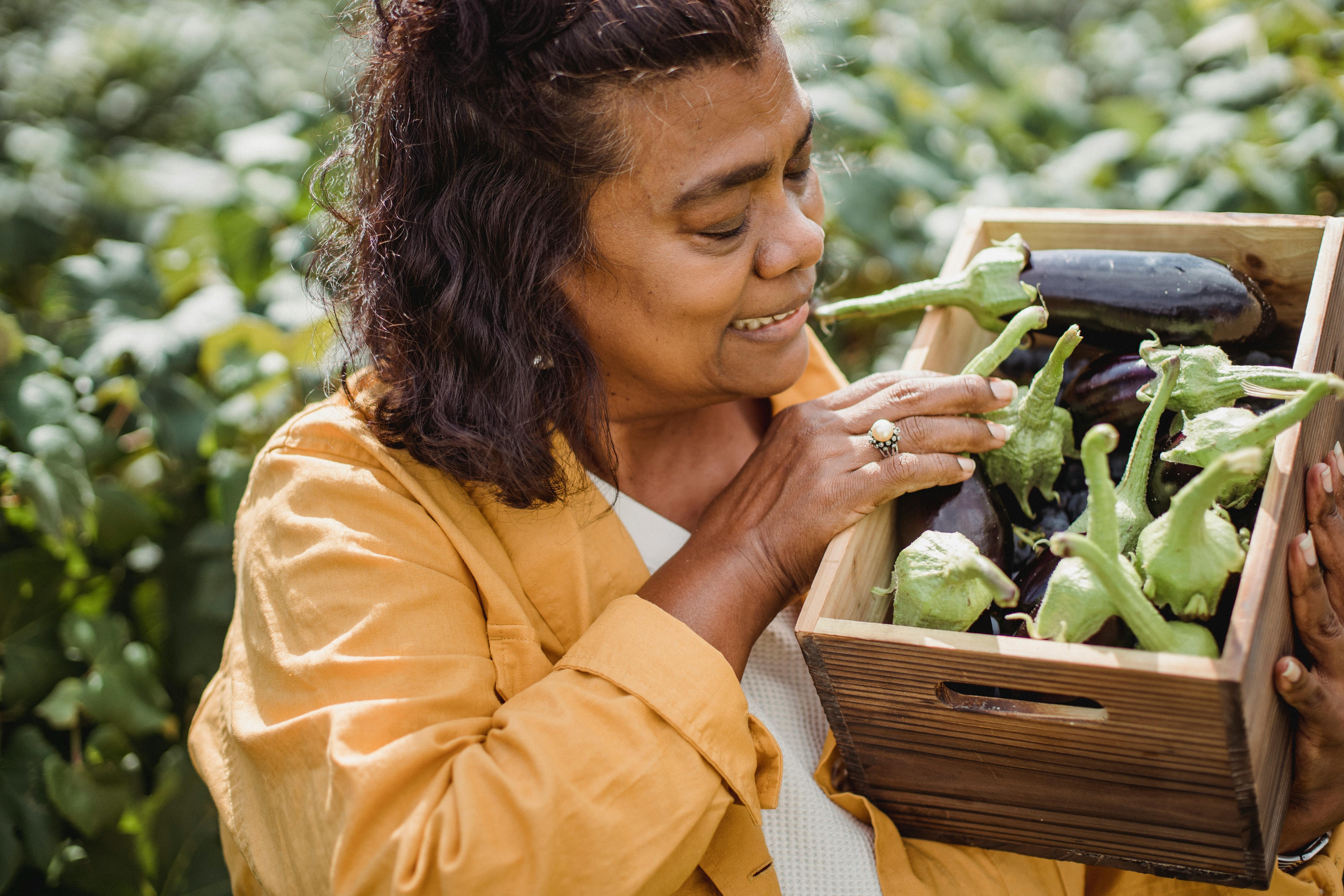Growing strawberries in a garden box is a great and easy way to enjoy fresh, delicious strawberries right from your own backyard. With the right conditions, strawberries can thrive in even small spaces. This guide will teach you how to set up a garden box and provide the care needed for your new strawberry patch. With the right care, you will soon be able to pick sweet, juicy strawberries to enjoy!1. Start by selecting an appropriate location for your strawberry garden box. It should be in a sunny spot that receives at least 6-8 hours of direct sun each day.
2. You will need to build your own strawberry box or buy an already made one. If you choose to build it yourself, use rot-resistant wood such as cedar or redwood and make sure to line the bottom with landscape fabric to prevent weeds from growing up through the holes in the bottom.
3. Fill the box with quality potting soil that drains well and is rich in organic matter and nutrients like nitrogen
Selecting the Best Variety of Strawberry Plant
Strawberry planting is a great way to enjoy the delicious, juicy fruit. But with so many varieties of strawberry plants available, it can be difficult to choose the best one for your needs. Fortunately, there are some key criteria you can use to help narrow down your choices and make sure you get the right strawberry plant for your garden.
The first thing to consider is the climate in which you live. Different varieties of strawberries require different amounts of sunlight and water, and some are better suited to cooler climates while
Planting Strawberry Plants
Strawberry plants can be planted in either early spring or late fall. When planting, it is important to choose a location that has well-drained soil and is in full sun. The soil should also be amended with compost before planting. Dig a hole slightly wider than the root ball of the plant, and place the plant in the hole so that the crown is level with the ground. Backfill with soil, firm gently around the base of the plant, and water thoroughly.
Caring
Water Requirements for Growing Strawberries
Growing strawberries is a rewarding and enjoyable activity, but it can also be a challenging one. It is important to understand the water requirements for growing strawberries in order to ensure that they are successful. Strawberries require at least 1 inch of water per week in order to keep the soil moist and encourage healthy growth. The best way to achieve this is by using a drip irrigation system or by hand-watering the plants. When watering, it is important to avoid wetting the leaves, as this can lead to disease and rot. Additionally,
https://images.pexels.com/photos/1046535/pexels-photo-1046535.jpeg
Feeding Strawberries in the Garden Box
Growing strawberries in a garden box can be a great way to enjoy fresh, homegrown fruit. But to get the best results, it’s important to provide your strawberry plants with the right kind of nutrition. Feeding your strawberry plants will help ensure that they produce abundant fruit, and are healthy and strong.
When feeding strawberries, it’s important to use a fertilizer that is specifically formulated for them. Look for a fertilizer that is high in nitrogen and potassium, as

Checking Soil pH Levels for Growing Strawberries
Growing strawberries requires soil that has a balanced pH level. The ideal pH for growing strawberries is between 5.5 and 6.5. If the soil’s pH level is higher than this, it needs to be amended in order to create an environment that is suitable for strawberry plants to thrive. The most common way to amend the soil’s pH level is by adding sulfur or lime, which can be found at most garden centers.
The
Pest Control
Garden boxes are a great way to bring the beauty of nature into your outdoor space. But, with any outdoor space, there is always the potential for pests and disease to wreak havoc on your plants. Luckily, there are some simple steps you can take to keep your garden box pest-free and healthy.
The first step in pest control is to make sure you use a high quality soil mix for your garden box. Poor quality soil can contain insect larvae or diseases that can spread to your plants. You should also be sure to regularly
Pruning and Training Strawberry Plants
Pruning and training are important steps in the successful cultivation of strawberry plants. Pruning involves removing old, dead, or damaged leaves and stems, as well as any suckers that may appear. This helps promote healthy, new growth and allows the plant to concentrate its resources on producing fruit. Training involves tying or staking the plant to a trellis or other support structure to keep the foliage off the ground and encourage good air circulation around the plant. This also helps prevent disease by keeping the foliage dry and allows more sunlight to

Conclusion
Growing strawberries in a garden box can be a rewarding experience. With the right conditions, the plants will grow quickly and produce lots of delicious fruit. While it can be tricky to get the environment just right, this guide has provided all the information you need to set up your own garden box and begin growing strawberries. If you follow all the steps outlined in this guide, you’ll be well on your way to harvesting your own sweet and juicy strawberries in no time!
It’s worth noting that while growing strawberries is relatively easy, it does require
